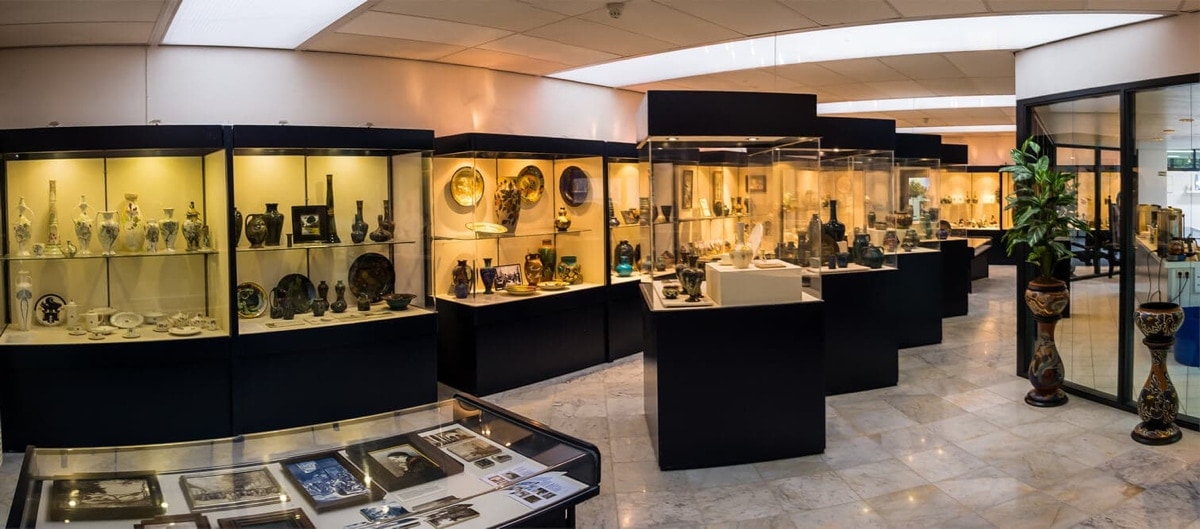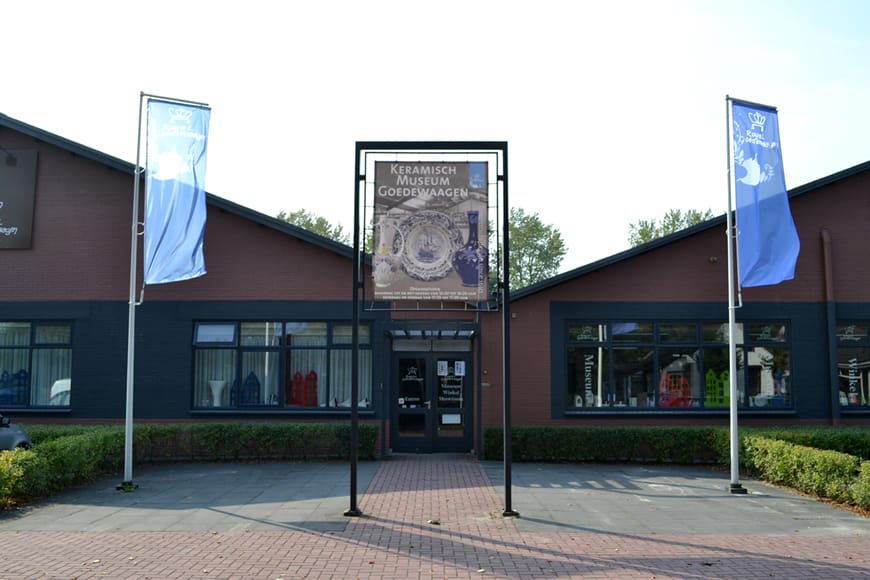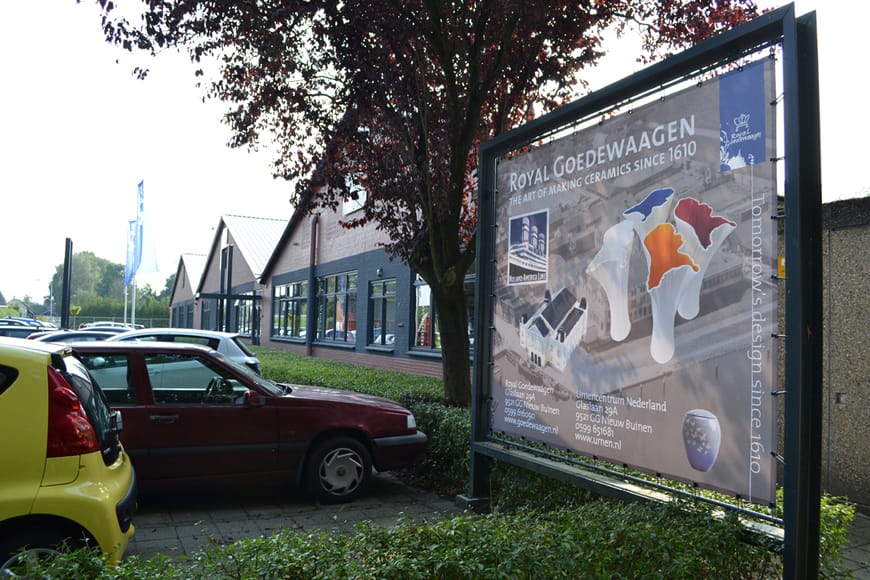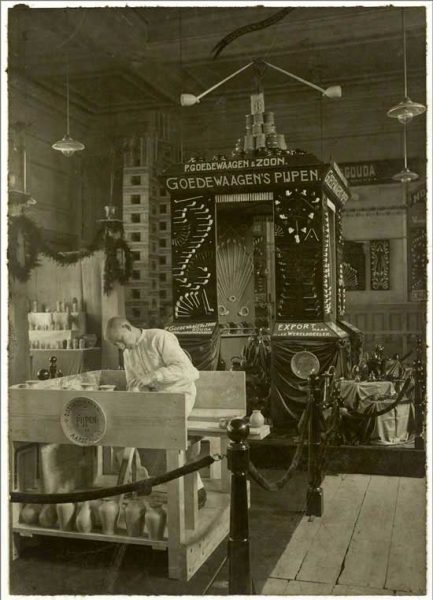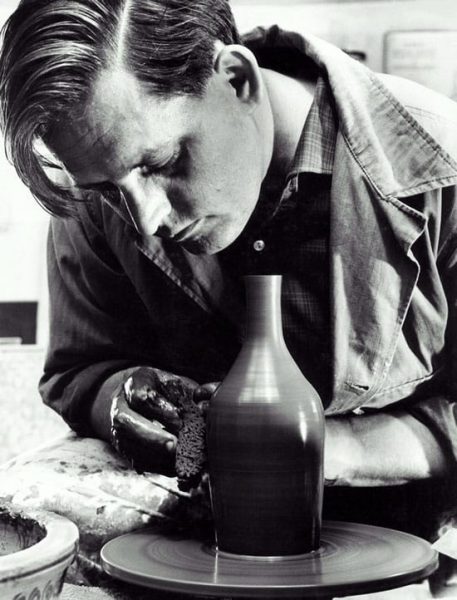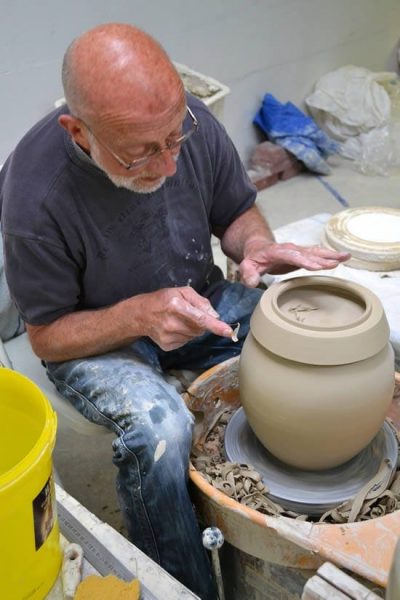The secret of the Goedewaagen Ceramics Museum
Since its foundation in 1989, the Ceramic Museum Goedewaagen has been conducting scientific research into decorated Dutch pottery from after 1873. Apart from a treasure trove of decorative earthenware, functional ware, tiles and tile tableaux from Art Nouveau and Art Deco, the museum regularly presents pioneering exhibitions on its research.
With its thesaurus, the museum is building the world's largest database of digital source material on Dutch pottery. On behalf of collectors all over the world, determinations are permanently made and, where possible, forgeries are spotted and put on an international site. With various factory working groups, the production of models and decors of Dutch companies of the past is reconstructed. Knowledge of clay, glaze and firing recipes is also systematically collected.
For the benefit of education, a coherent educational programme about the use of pottery in the everyday lifestyle culture of the 20th century is provided. Guided tours, workshops and symposiums draw attention to the National Heritage that the museum research represents.
In 2012 - 400 years of Gouda and 50 years of Drenthe
The credo of a museum in practice | download this article "
In 2012, the Ceramics Museum Goedewaagen, with the exhibition Gouds Groen, a symposium on early 20th century free pottery and a Raku workshop, paid extensive attention to the foundation on 14 May 1612 of the Gouda pottery, which stands at the beginning of the history of the Goedewaagen group.
This year, our museum celebrates the purchase by Goedewaagen of a factory at Glaslaan in Nieuw Buinen to continue the successful Gouda line of tableware on a much larger industrial scale from 8 October 1963. The production of KLM houses, which had been taken over from the bankrupt Gouda Plateelbakkerij Zuid-Holland, was soon relocated to Drenthe as well.
The lustrum celebrations of 50 years of Goedewaagen in Drenthe were enhanced by the exhibitions Bettie's Favourites on decorations and designs for Goedewaagen from 1922 onwards, from the large collection of Mrs Bettie Meines from Niebert, and then by the equally unique project from the collection of Ellen Westenberg on utility and decorative earthenware by Zweitse Landsheer for Goedewaagen from the period 1952 and 1960.
As the third and final exhibition in this lustrum series, the Goedewaagen Ceramics Museum is presenting a one-off retrospective of Goedewaagen plates designed by the Goedewaagen-Distel art studio from 1923-1940. For this exhibition, Ellen Westenberg has once again provided a large loan.
Incidentally, it was the Royal Goedewaagen ceramics factory that provided the biggest ceramic surprise in this anniversary year. The factory, which had been exploring the possibility of producing urns for a long time, bought the pottery of the Urnencentrum Nederland in Schoonhoven in May, a market leader in the production of the most diverse, hand-turned urns. Ber van Reden, founder of the Urn Centre Netherlands, has since transferred production to Nieuw Buinen and he now supervises the manufacture of decorated urns in Drenthe.
Surprisingly, Van Reden appears to have an actual Goedewaagen background. His father Ab, who was very skilful in his craft, was fired by Goedewaagen in the 1950s, together with three of his colleagues, when the decision was made to close down the Star pottery factory, which dated back to 1612. Ber van Reden learned the turning trade at the age of ten and developed into an incredible craftsman who, for example, was a pottery teacher at the Gouda clay school for many years. Freely translated: with the purchase of the Urn Centre Netherlands, Goedewaagen bought back Goedewaagen. During the museum tours in the museum and factory workshops, the contribution of the Urn Centre is recognisable in many places.

